Interior designer reveals what not to do when choosing curtains – from measuring to styling
We've pulled together, excuse the pun, the top 7 things not to do when choosing curtains
While curtains can be the best way to introduce colour, pattern or texture into any room – they can be easy to misjudge. Our tips below will ensure you've thought of every probability before embarking on this window treatment in any room of your home.
And we couldn't have done this without the help of interior design expert Vanessa Arbuthnott – quite frankly what she doesn't know about curtains ideas, from measuring to choosing them, just isn't worth knowing.
What not to do when choosing curtains
1. Fail to insulate
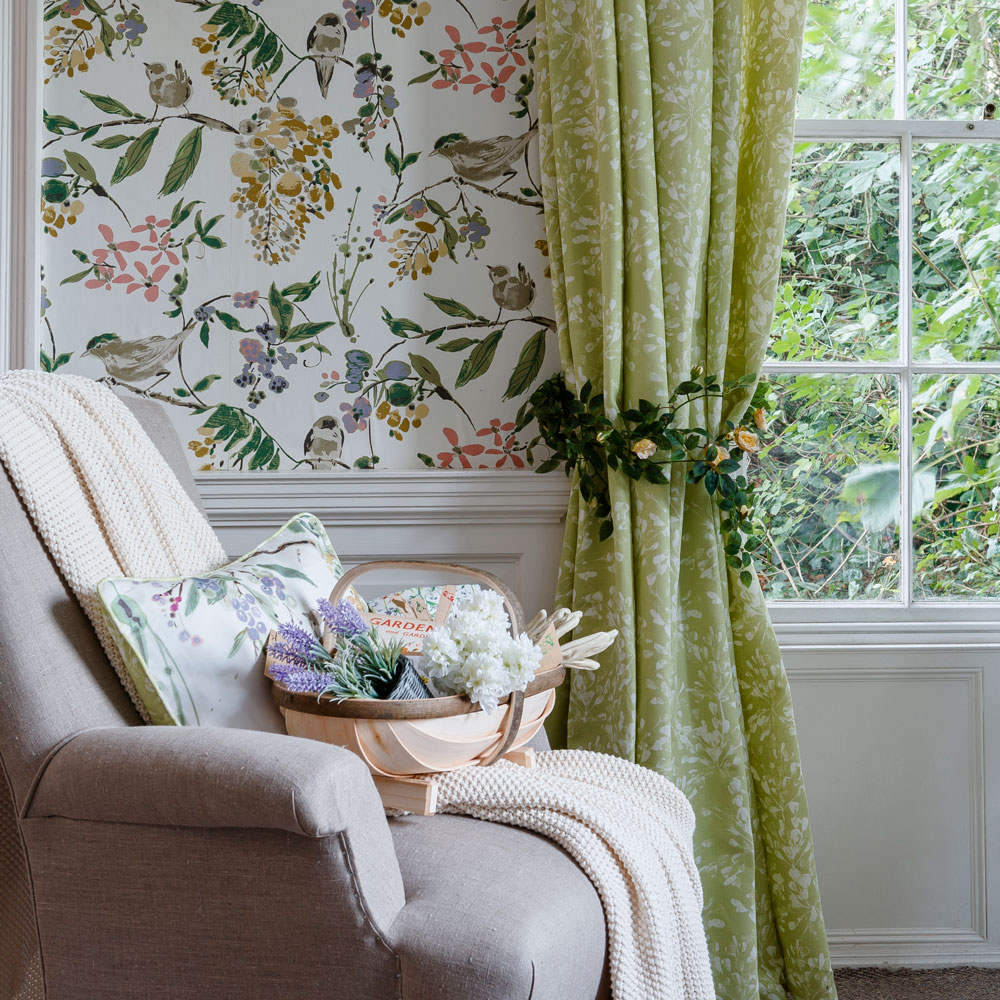
Embrace the added value of curtains capturing heat. 'Curtains can make an impact on the overall warmth of your room,' explains Vanessa Arbuthnott. 'During winter, it is advised to buy thicker fabrics which help the process of reducing heat loss through the windows. But in summer a thicker fabric tends to trap the heat into the room. The ideal middle ground (if your budget allows it) is to opt for both summer and winter weight curtains. If this isn’t an option then something medium would be more suited but ensure that it’s thermally lined.'
2. Try to guess the measurements
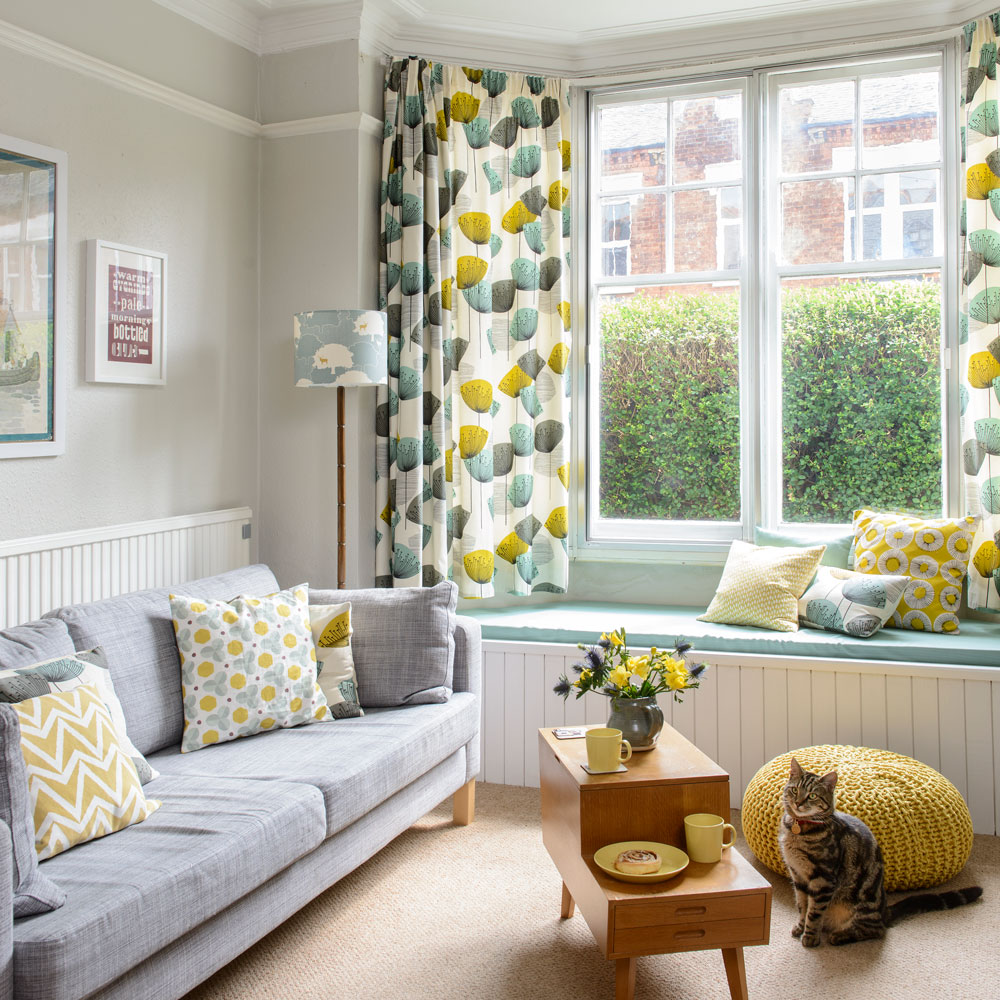
Getting the measurements correct is key to curtains looking their best, particularly when planning how to dress a bay window. Vanessa advises: 'Curtains which have been mounted perfectly will enhance your décor and make your room feel noticeably bigger.
'In order to gauge which size you need, measure the height from the rod to the floor before hanging curtains. Remember to include the rings and account for how much space you’d like between the curtains and the floor. For a tailored look, a standard curtain panel is 5cm wider than the window.'
See our expert advice on how to hang curtains beautifully – whether in a tricky bay window or a simple setting.
3. Force it
Although curtains are a great decorative touch, don’t feel obliged to them hang at every window. 'We use curtains more often than not but if a window is more accustomed to be on its own than there is no harm to stay that way – sometimes less is more with windows'.
Get the Ideal Home Newsletter
Sign up to our newsletter for style and decor inspiration, house makeovers, project advice and more.
4. Leave off the finials
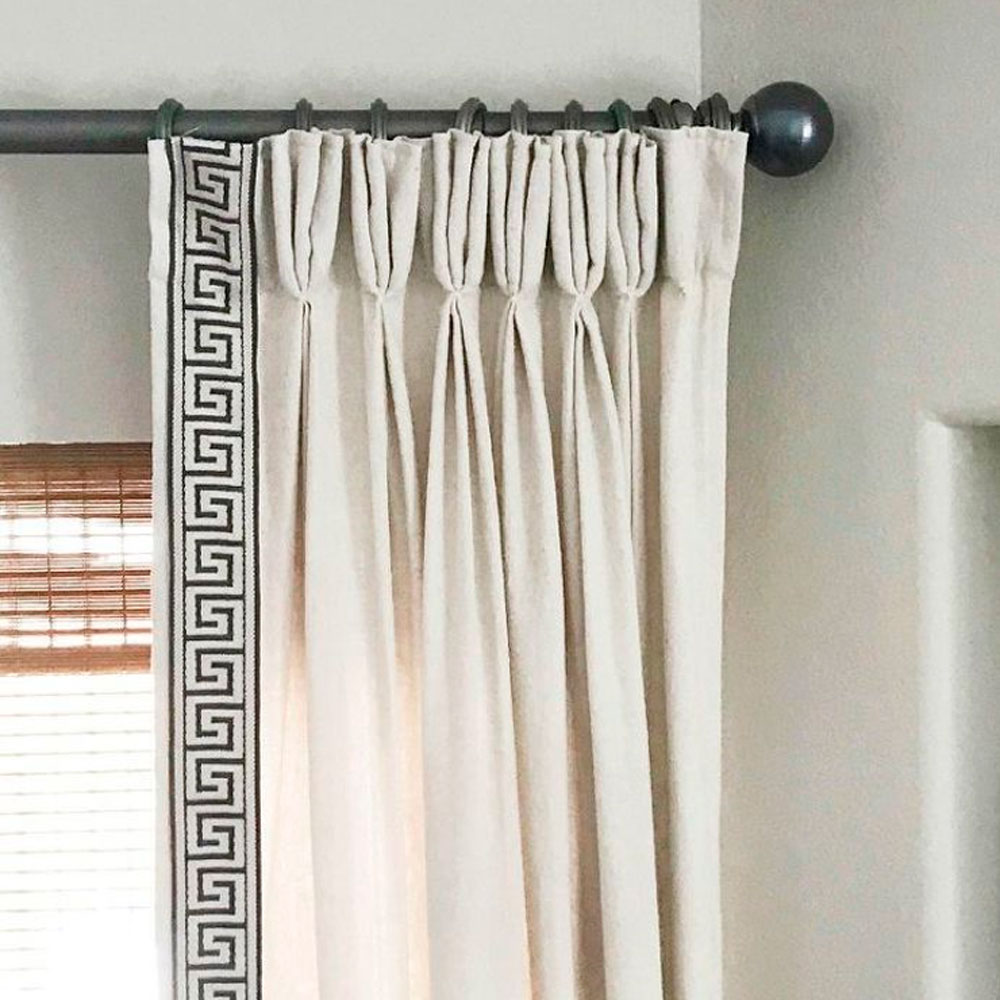
Don't forget the finishing touches. 'The finials are decorative end screws which are at the end of your curtain rod and can be excellent finishing touches. Finials are also great if you wish to change the style of your current curtains without replacing all of the hardware.' Vanessa goes on to say, 'a rod shouldn’t end just right over the windows, it should be of a maximum size and extended on either side. This makes the windows look larger as well as allowing more light into the room.'
5. Misjudge the light
For each room consider the light quality and the affect on your chosen fabrics. Vanessa asks, 'do you value light control or privacy? Or even aesthetics? Bright colours do fade if they are exposed to lashings of bright light from the windows and ends up looking shabby and old. Neutrals will blend in far more easily and won’t be affected by the weather.'
6. Don't fear closing the curtains
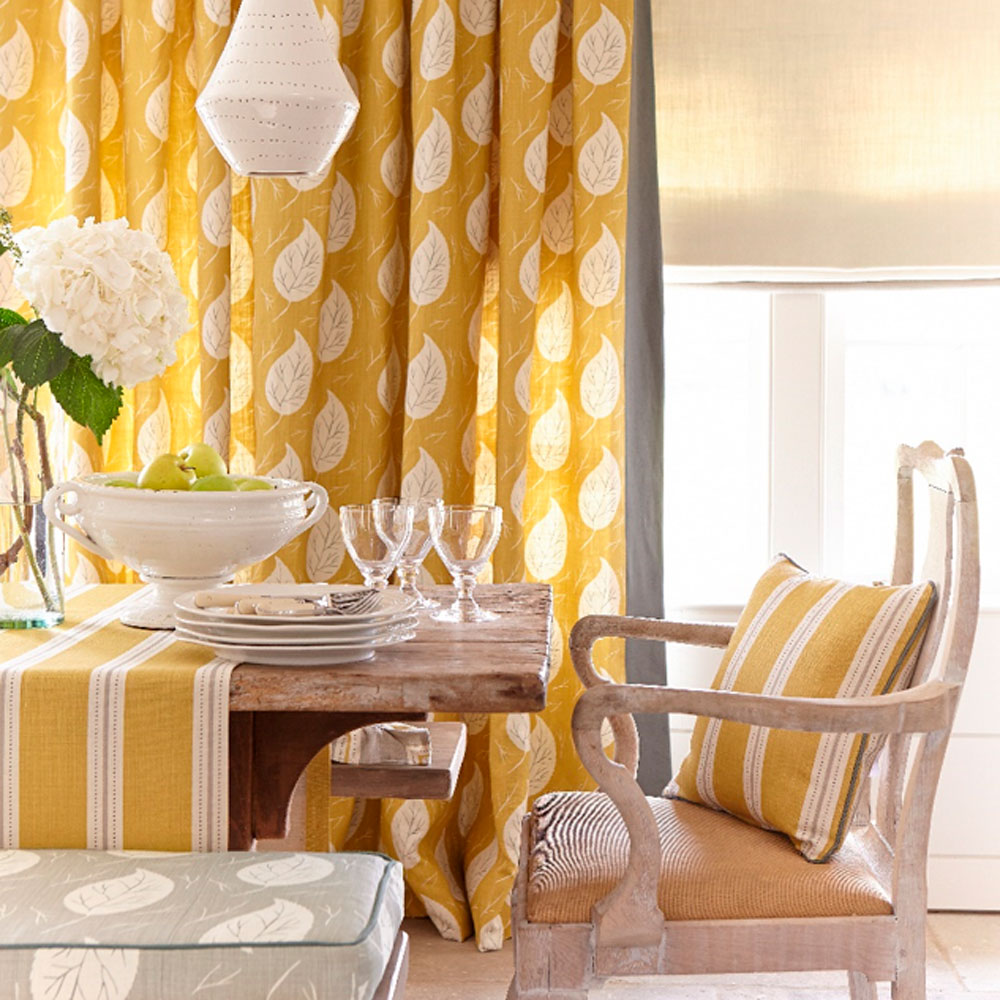
Curtains in communal areas will be open and shut more often, so you'll need to take that into consideration when choosing. 'It is best to avoid tab top heading styles for these rooms. You should also consider how they will look when they are open, either leave them hanging for an effortless look or fix them back with hooks or ties for a soft and decorative look.'
7. Clash colours
With her eye for design Vanessa advises, 'Complementary colours sit opposite each other in a colour wheel, this is a traditional approach that works well. Temper the contrast with a fabric pattern that mixes in the complementary colour to your wall colour. If you have blue walls then the complementary colour is orange so for the curtains you can opt for an orange and ivory colour scheme.'
Simple but sensible advice to ensure choosing curtains is a breeze.
Tamara was Ideal Home's Digital Editor before joining the Woman & Home team in 2022. She has spent the last 15 years working with the style teams at Country Homes & Interiors and Ideal Home, both now at Future PLC. It’s with these award wining interiors teams that she's honed her skills and passion for shopping, styling and writing. Tamara is always ahead of the curve when it comes to interiors trends – and is great at seeking out designer dupes on the high street.
-
 Ooni's new stand mixer is already a sell-out success
Ooni's new stand mixer is already a sell-out successHere's why the Ooni Halo Pro Spiral mixer is a big deal for at-home breadmakers
By Molly Cleary
-
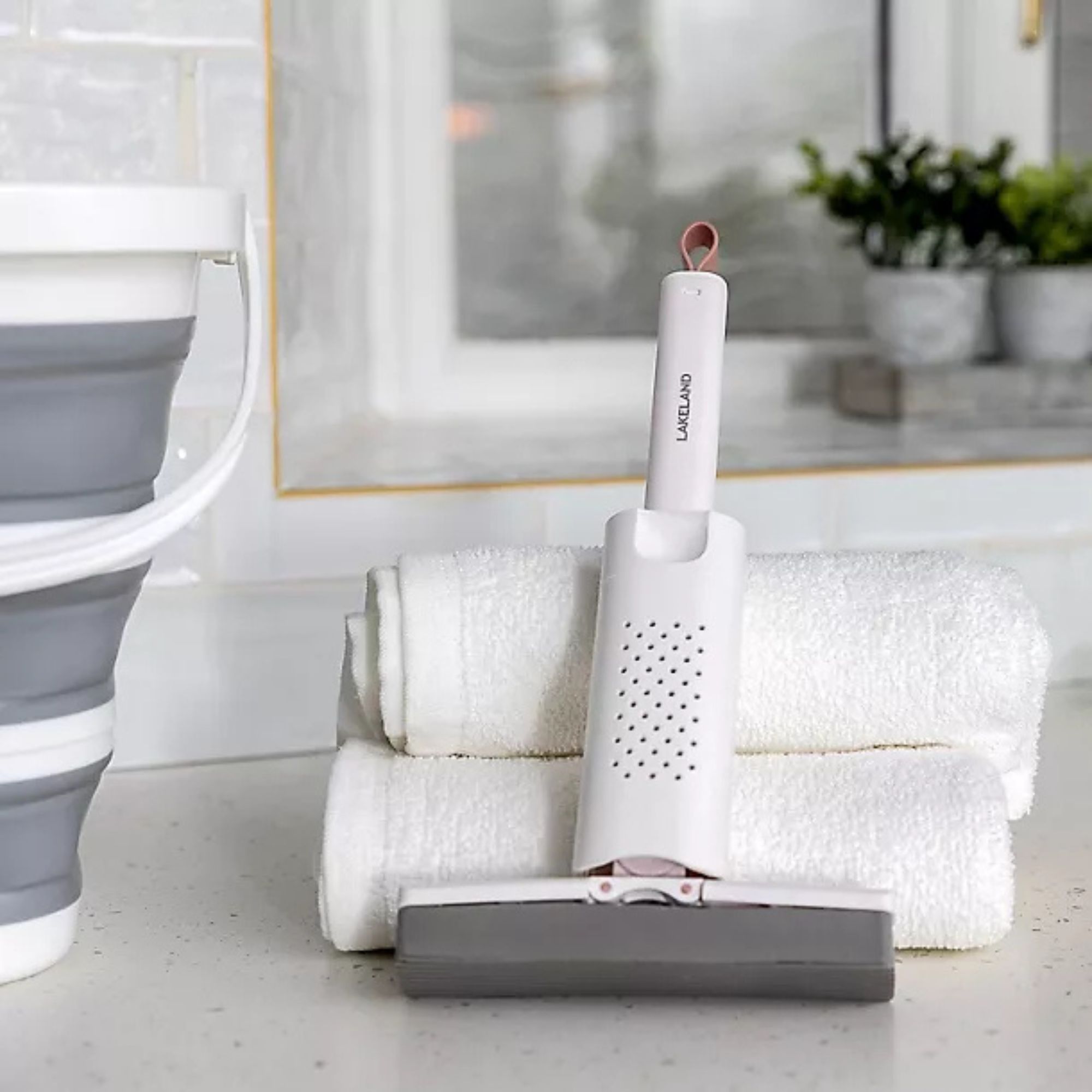 I’ve been using Lakeland’s new £5 mini mop as a shower squeegee, window cleaner and damp duster — it’s the ultimate multi-purpose cleaning tool
I’ve been using Lakeland’s new £5 mini mop as a shower squeegee, window cleaner and damp duster — it’s the ultimate multi-purpose cleaning toolYep, I've added this new mini cleaning tool to my collection
By Lauren Bradbury
-
 This old dairy barn was brought back to life and is now an amazing home
This old dairy barn was brought back to life and is now an amazing homeIt's brilliant blend of old and new in West Sussex
By Sara Emslie